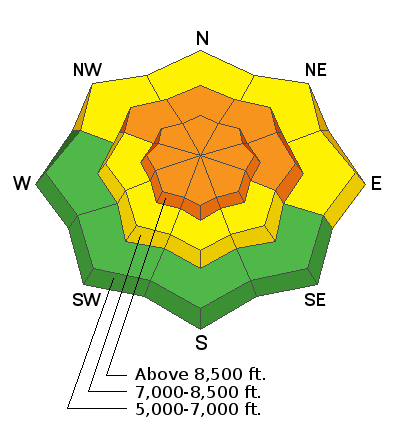Forecast for the Logan Area Mountains

Issued by Paige Pagnucco on
Friday morning, April 15, 2022
Friday morning, April 15, 2022
The avalanche danger is CONSIDERABLE today and human-triggered avalanches are likely on steep, upper elevation slopes. The new snow may produce soft slab avalanches and long-running sluffs, and sustained winds have created areas of unstable, wind-drifted snow. *Any sun or greenhousing will increase the potential for wet avalanches.
Careful snowpack evaluation, cautious route-finding, and conservative decision-making are essential today. Your best bet for safe travel and good riding conditions will be on sheltered slopes less than 30 degrees.

Low
Moderate
Considerable
High
Extreme
Learn how to read the forecast here










